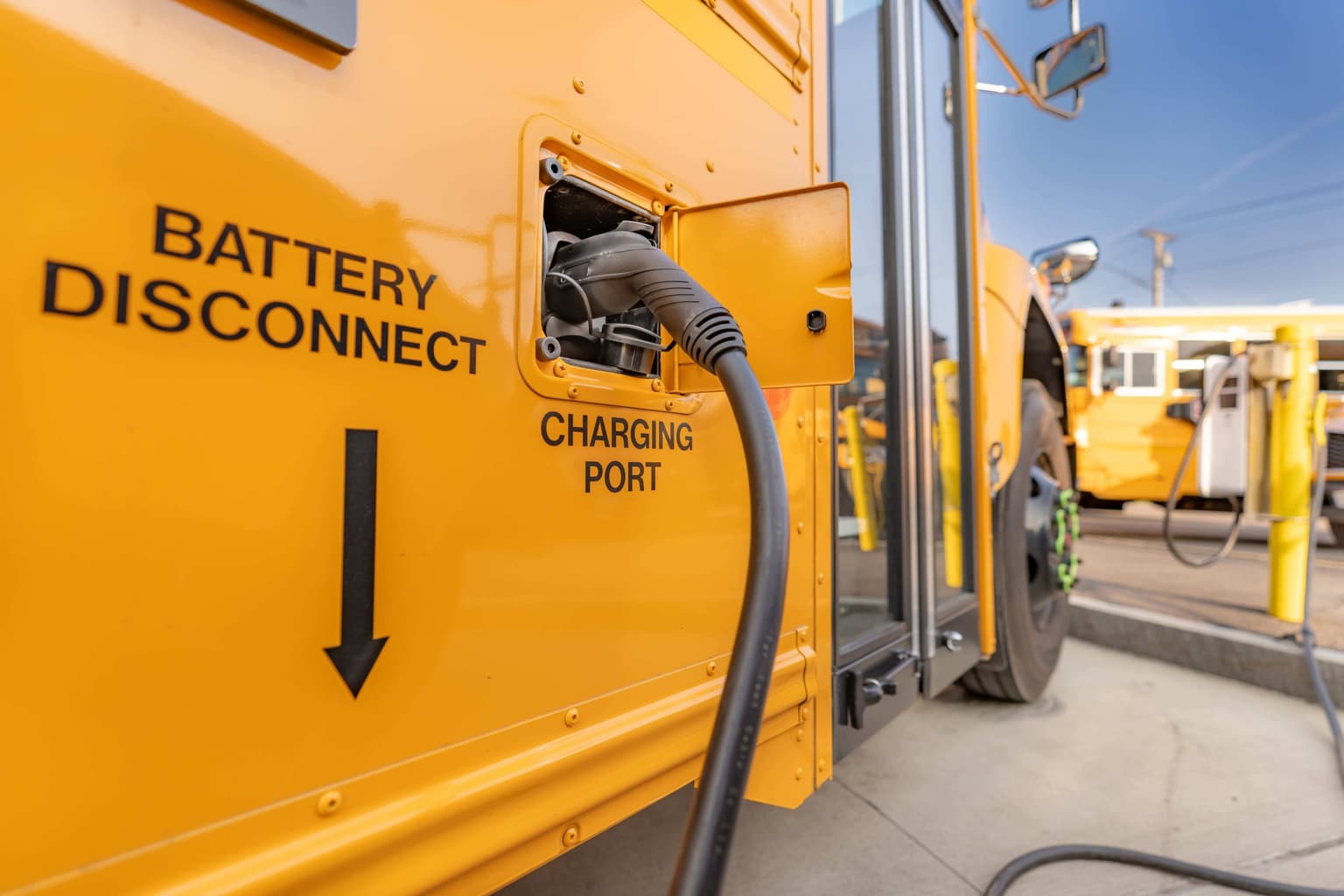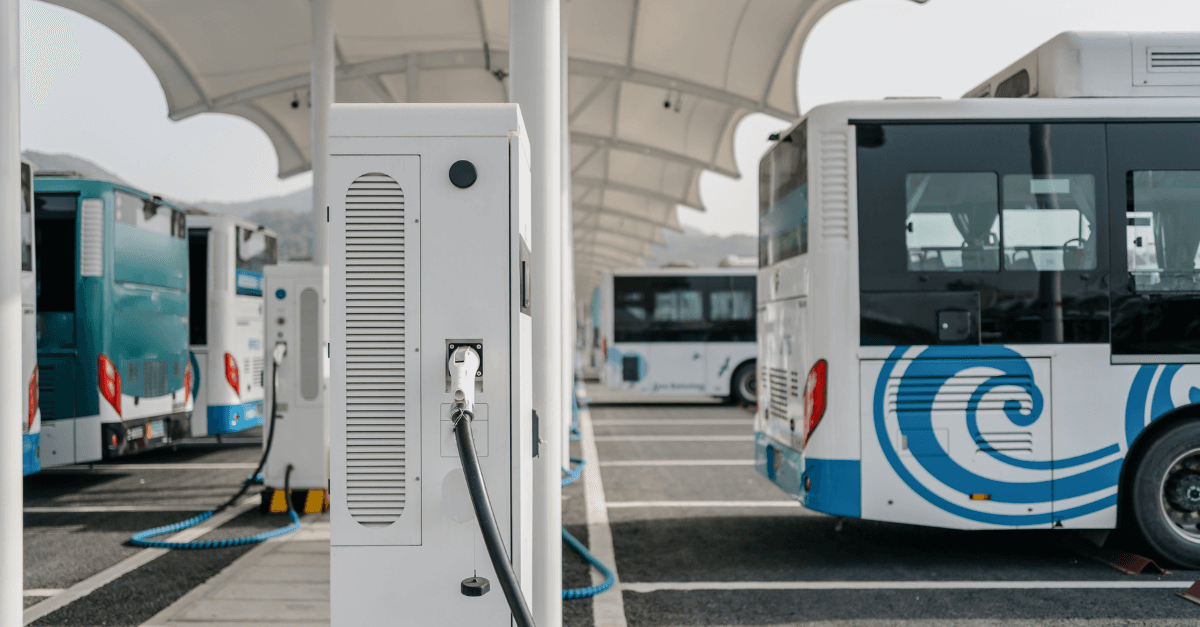
11 Smart Steps to Buying a Used School Bus: Maintenance, Safety, and What to Know
If you’re in the market for a used school bus, you’re not alone. From schools and daycares to churches, construction firms, and van life dreamers, more people are looking for affordable ways to move groups safely and reliably.
But not all buses are created equal. And buying one without understanding how it’s been maintained could leave you stuck with costly repairs, mismatched specs, or even legal trouble.
This guide gives you must-know details and experienced buying strategies to help you get the most value from your investment. Whether you’re looking at an MCI D-Series, a 2018 Blue Bird All American, or a Chevy Starcraft Type A bus for daycare runs, here’s what to know before you buy.
1. Know What Kind of Bus You Actually Need
Every bus has a job it was built for. Pick the wrong type, and you’ll either overpay or underdeliver.
- Type A (Van-based): Seats up to 30 passengers. Perfect for daycares, nonprofits, or city use where maneuverability matters.
- Type C (Conventional): Seats 36–78. The standard yellow bus most people picture.
- Type D (Transit-style): Seats up to 90. Flat-nosed, high-capacity, and built for heavy use.
Also in the mix are MCI coaches (popular with tour operators), Thomas Built, IC Bus, and Collins models, which are frequently seen in school districts and commercial fleet services.
2. Match the Bus to Your Roads, Routes, and Storage
The best bus for your needs isn’t just about seats. It’s about roads, parking, and what your passengers need.
- Urban settings? Go smaller. A 25-foot Type A will fit tight streets and limited parking.
- Rural routes or long hauls? Bigger Type D or coach buses are better for comfort and distance.
- Tight facilities or home storage? Measure your space first. For example, a full-size 40-foot bus can require a pad up to 50 feet long, 16 feet wide, and at least 14 feet tall.
Fuel costs also scale up with size. Smaller buses offer better mileage but may require multiple trips. Decide what matters more: efficiency or capacity.
3. Understand the Real Costs—And Set Your Budget
Expect to pay anywhere from $3,500 to $20,000 for most used school buses. Models under 10 years old or with ADA lifts and A/C often fetch more. Coaches like those from MCI or Van Hool will cost more but are built for comfortable highway miles.
4. Research Bus Brands Before You Shop
Know your names. MCI, Blue Bird, Thomas, IC, and Collins all have pros and cons. MCI coaches are highway legends. Blue Bird and Thomas are school bus mainstays. IC and Collins dominate smaller commercial runs.
5. Ask the Right Questions About History and Condition
As a former US President once said, “Trust but verify.” So before falling in love with a listing, I recommend getting nosy. Research the model and ask the seller:
- What’s the exact mileage?
- Has the engine or transmission been replaced?
- Any rust or frame damage?
- Are there DOT inspection records?
- Is the title clean and transferable?
Most buses that served school districts should have had rigorous maintenance schedules—but verify. A bus that looks clean on the outside might have hidden frame rust, especially if it operated in snowy states.
6. Inspect for Safety, Before You Regret It
Student transport requires higher safety standards. Even if you’re not carrying kids, these features matter.
- Emergency exits – Make sure they open and alarm properly.
- Seat condition – Torn foam or broken frames? Walk away.
- Brakes and tires – Non-negotiables. Ask when they were last replaced. And get proof.
- Lights and stop arms – Functioning and compliant?
- Air conditioning and heat – Especially critical in extreme climates.
Some buyers upgrade to add seat belts or camera systems. If that’s your plan, get quotes first. Retrofits can get expensive.
7. Plan Your Maintenance Before You Even Buy
Buses, especially older models, aren’t plug-and-play. Expect regular upkeep, even on low-mileage units, and build a basic maintenance budget into your purchase..
- Oil changes – Every 5,000 miles (or 250 hours)
- Tire rotations and alignments – Especially on longer units
- Coolant and filter swaps – Keep systems efficient
- Brake inspections – At least twice a year
8. Get a Pre-Purchase Inspection
Want peace of mind? Hire a third-party mechanic who understands commercial vehicles. It might cost $300 or more, but it could save you $3,000 in engine or suspension repairs.
9.Avoid Common Buyer Mistakes
Used buses sell fast, but don’t get rushed. Here’s what experienced buyers do:
- Research comps: Compare prices on busesforsale.com to see what similar units sell for.
- Ask about prior use: Was it hauling kids or parked for three years?
- Beware of ghosting: If you’re buying locally, confirm appointments and ask for paperwork up front.
- Set realistic expectations: You might need to repaint, replace seats, or do emissions upgrades. Factor that into your offer.
10. Check the Paperwork
Title, Registration, and Emissions Verify the legal details:
- Title: Make sure it’s clean and transferrable.
- Registration: Know what your state requires.
- Emissions: Some states require a recent test.
Don’t assume the seller has everything in order. Ask before you drive across the state.
11.Start and End With BusesforSale.com
BusesforSale.com is where serious buyers find real inventory. From MCI, Blue Bird, and Thomas, to specialized models and listings like this 2019 IC 48-passenger school bus, it’s all in one place.
Every listing is backed by real people who understand the business and want to help you buy smarter. Whether you’re just browsing or ready to list your fleet, BusesforSale.com is where the wheels start turning.
Share on:


